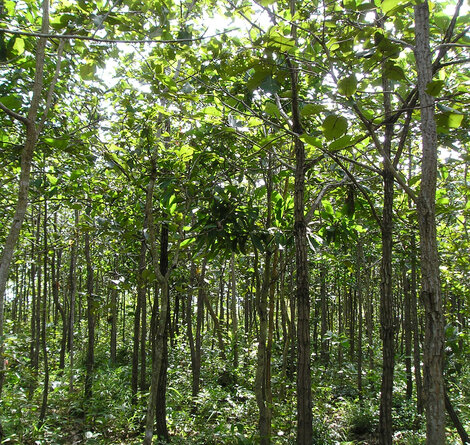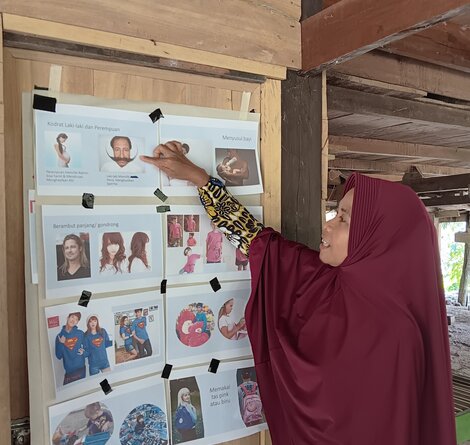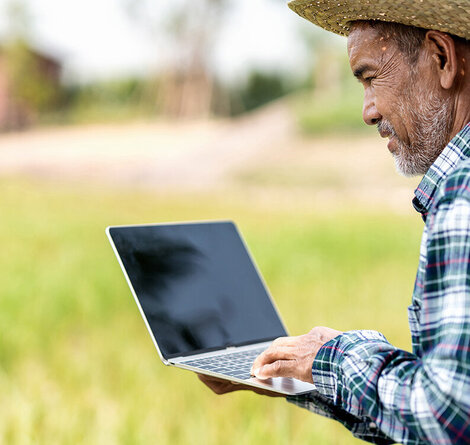Topics
The starting point
More than 400 million people live on the cultivation of agricultural commodities such as coffee, cocoa, bananas, palm oil or cotton. The cultivation of these raw materials is usually done in small-scale farming structures.
Smallholders are thus the basis for a secure, sustainable supply of food to the world's population. However, poverty, child labor, environmental problems and outdated cultivation methods continue to be major challenges in the cultivation of agricultural commodities.
In recent years, several commodity-specific multi-stakeholder partnerships (MAPs) have been set up to make agricultural supply chains more sustainable. Many companies are members of the relevant MAP platforms and also invest in their own sustainability programs. Certification through voluntary sustainability standards also makes an important contribution to the development of sustainable agricultural supply chains.
Nevertheless, low wages and incomes and deforestation continue to be a problem. A common approach by all actors across the borders of their supply chains promises greater impact.
In the brochure Sustainable Agricultural Supply Chains you will find more information about our work, different measures and about the different raw materials.



